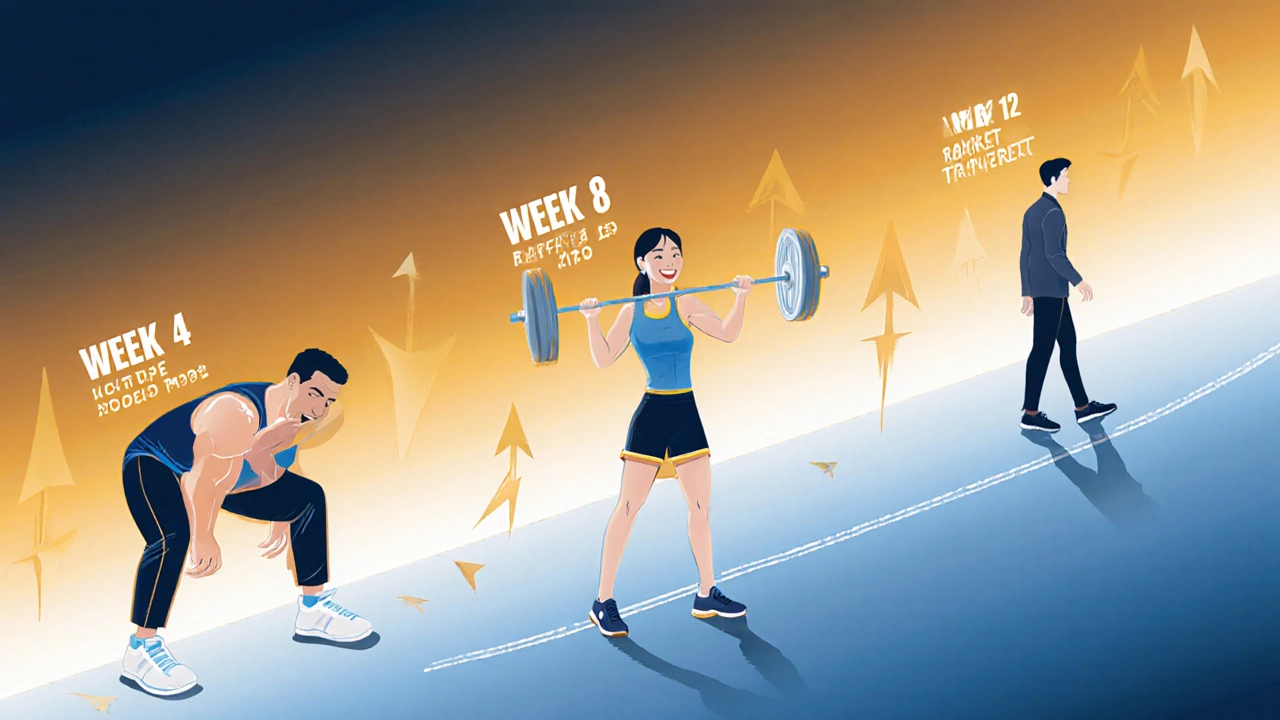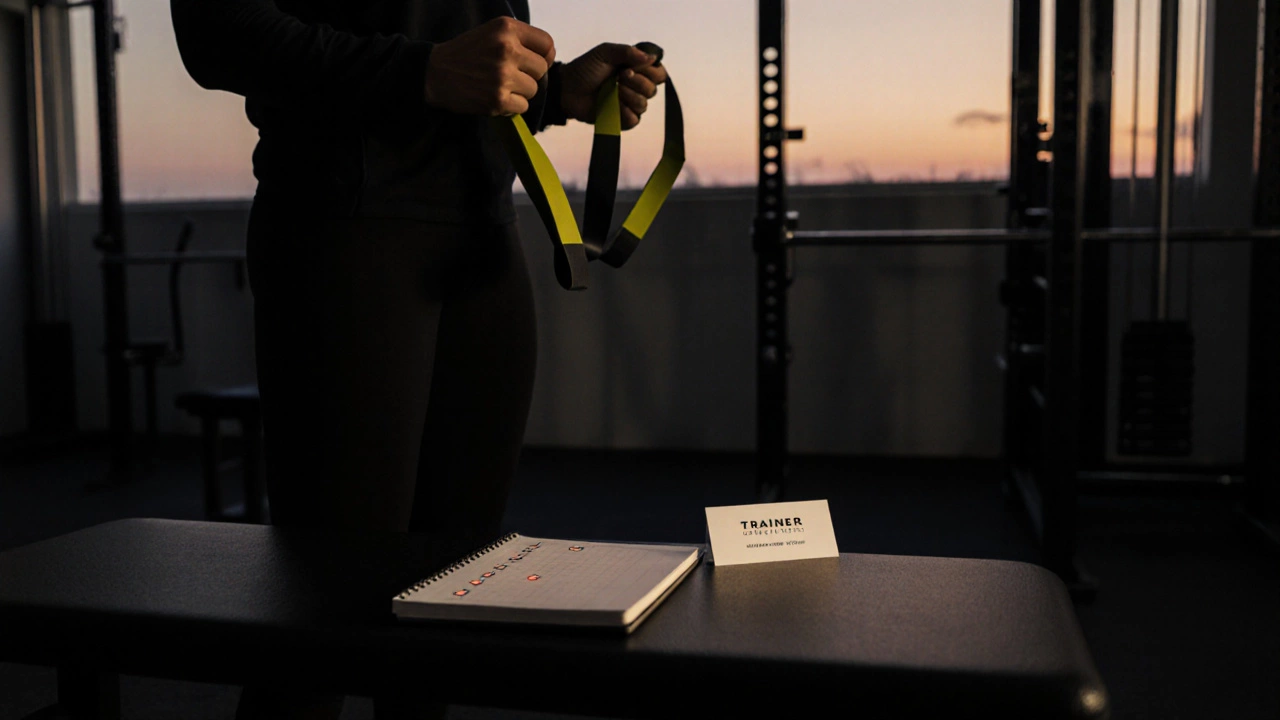
Find your ideal training period based on your goals, experience level, and specific needs.
How long should you have a personal trainer for? There’s no one-size-fits-all answer, but most people see real results in 8 to 12 weeks-and that’s not because the trainer made them perfect. It’s because that’s how long it takes to build habits that stick.
By week 4, you’re past the awkward phase. You know the movements. You’re not gasping on every rep. By week 8, your body starts changing-muscle tone improves, endurance increases, and you stop dreading workouts. By week 12, you’ve built a routine that feels natural. That’s when most clients stop needing daily coaching.
A 2023 study from the Australian Institute of Sport tracked 300 people who hired personal trainers. Those who trained for 8 to 12 weeks were 67% more likely to keep exercising six months later than those who stopped after 4 weeks. Why? Because they learned how to move, how to recover, and how to push without burning out.
If you’re not hitting these marks by week 4, your trainer isn’t teaching you-they’re just showing you exercises. A good trainer turns you into your own coach.
Once you can do that, you’re not lazy-you’re independent. That’s the goal. Many people keep hiring trainers because they’re scared to be alone with their goals. But that fear isn’t about fitness. It’s about self-trust.

Instead, here’s what works:
This keeps you sharp without paying for daily coaching. Think of it like a car service. You don’t need an oil change every week, but you don’t ignore the dashboard lights either.
If you’re in one of these groups, your trainer isn’t a crutch. They’re a safety net. There’s no shame in needing help longer. What matters is that you’re still moving.
Look at it this way: if you spend $80 a week for 12 weeks, that’s $960. If that gets you 12 months of consistent exercise instead of 3 months of guilt, you’ve saved money. You’ve saved time. You’ve saved your health.
Many trainers offer packages: 4 sessions for $200, 10 for $450. Avoid monthly subscriptions unless you’re getting at least 3 sessions a week. Pay-per-session gives you flexibility. And if you’re serious, book a block of 12 sessions upfront-it’s usually 20% cheaper.

A good trainer listens more than they talk. They adapt. They celebrate small wins. If you feel like a number, find someone else.
That’s it. No magic. No gimmicks. Just consistency, learning, and gradual independence.
Yes-if you’ve tried dieting or workouts on your own and kept falling off. A personal trainer helps you build movement habits that support weight loss. They also adjust your routine as you lose weight, so your body doesn’t plateau. But remember: weight loss happens in the kitchen. A trainer helps you move better so you can burn more and stay consistent.
Absolutely. Many trainers offer virtual sessions or in-home training. You don’t need fancy equipment-just space to move. Bodyweight training, resistance bands, and dumbbells are enough for most goals. The key is having someone who knows how to progress you safely, whether you’re in a gym or your living room.
Start with 2-3 times a week if you’re new. That’s enough to build momentum without burning out. After 4-6 weeks, you can drop to once a week if you’re confident with your routine. Some people only need a monthly tune-up. Frequency depends on your experience, goals, and budget-not on what’s trendy.
First, check your definition of "results." Are you measuring weight, or are you noticing you can climb stairs without gasping? Strength gains and better sleep count too. If you’re truly stuck, ask your trainer to reassess your plan. Maybe your nutrition needs tweaking, or you’re overtraining. A good trainer will pause, reflect, and adjust-not just push harder.
Do both at the same time. Movement and nutrition work together. If you start lifting weights but keep eating junk, you’ll feel sluggish. If you eat clean but don’t move, your metabolism slows. A good trainer will ask about your eating habits and may suggest small changes-like adding protein to breakfast or drinking more water. They don’t need to be a dietitian, but they should care about the whole picture.